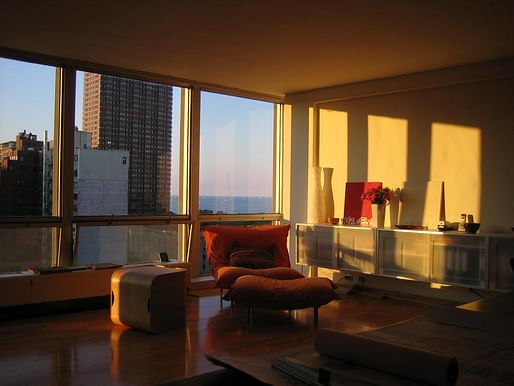

The rise of micro-homes and micro-apartments has created debate over how much space is needed to live comfortably and happily. A recent report conducted by researchers from Brigham Young University explores how individuals perceive space in their homes and how that influences personal and family functioning. According to work published in the Journal of Environmental Psychology, the study is an examination of "ways in which actual (e.g., density) and perceived (e.g., crowding and distance) elements of the spatial home environment act as predictors of family functioning."
Peter Rubinstein of the BBC dives into the subject of how space inside a family home affects domestic preferences and perceptions. Rubinstein highlights individuals who are learning how to discover their "environmental autobiography," a term developed from design psychologist Dr. Toby Isreal.
When this form of design psychology is incorporated into housing design, it's compelling to think about how space might be shaped in response to this thinking. As Rubinstein notes, "Perhaps surprisingly, the amount of actual space a home has isn't as important as how the members of the home plan for and use the areas ."
1 Comment
variety is the spice of life
Block this user
Are you sure you want to block this user and hide all related comments throughout the site?
Archinect
This is your first comment on Archinect. Your comment will be visible once approved.